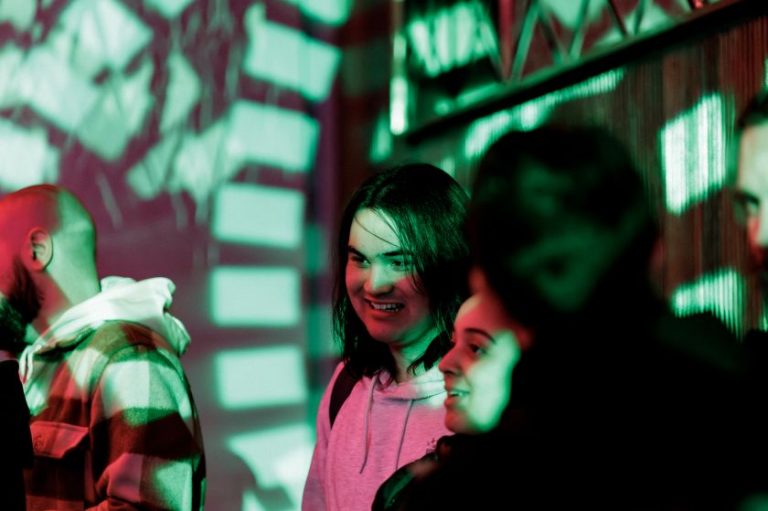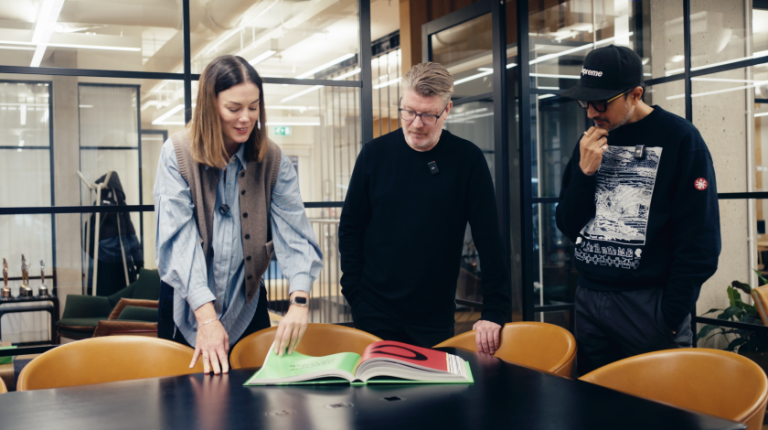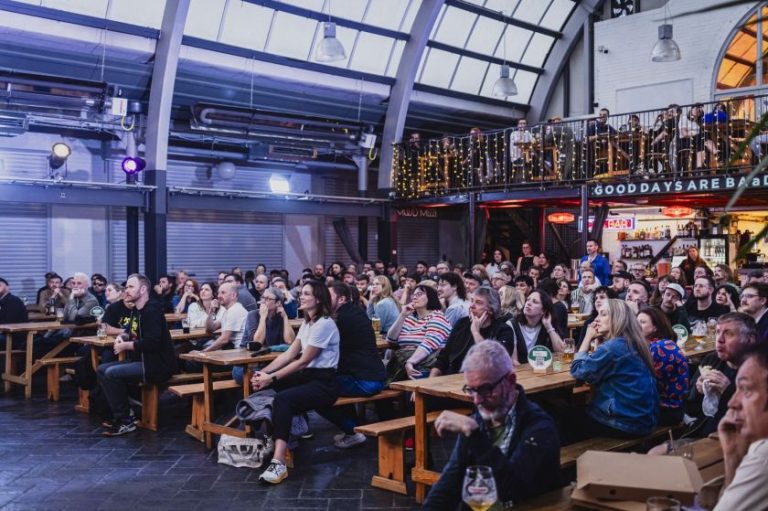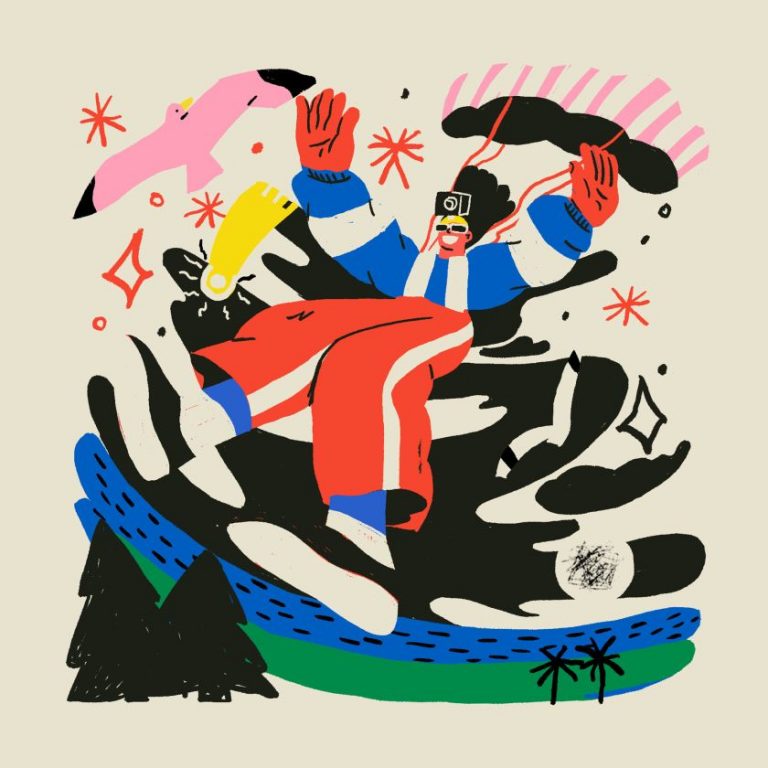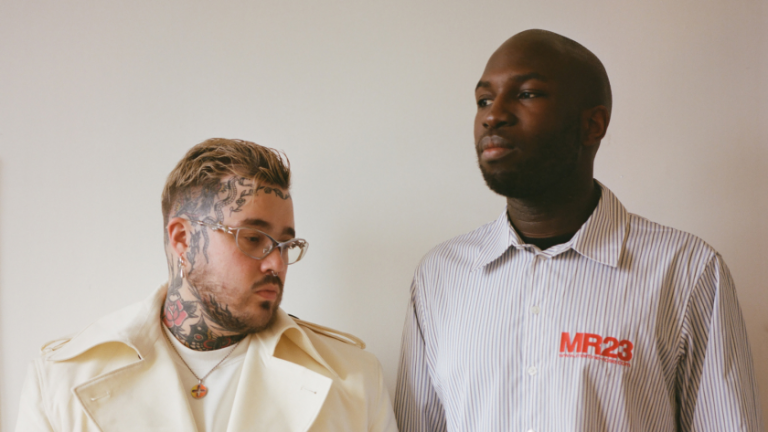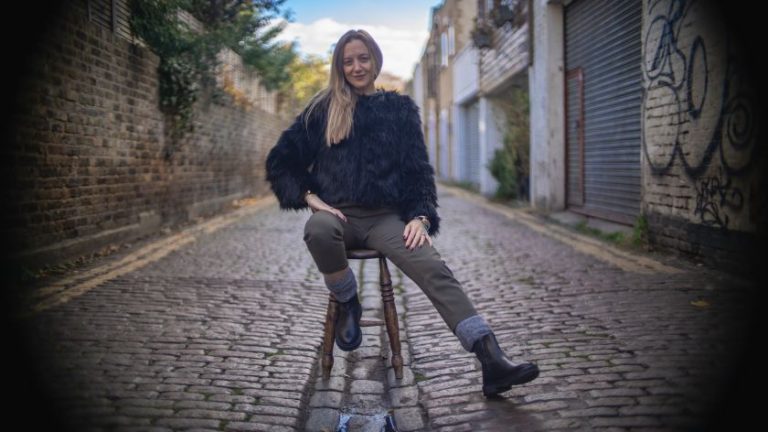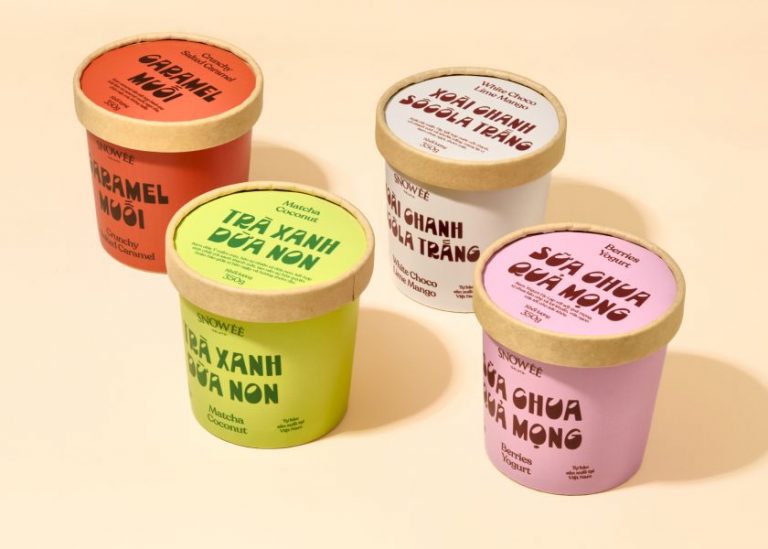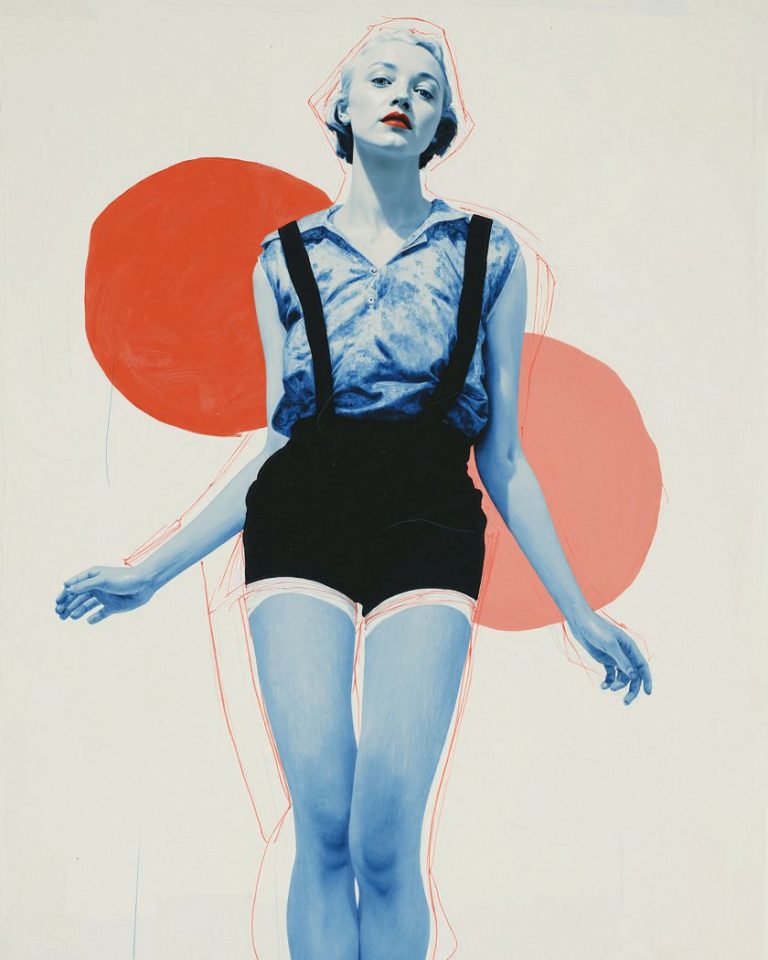Marina Perez Simão in collaboration with Bakhtiyar Babamuradov_Untitled, 2024–2025-min
The ancient Uzbekistan city on the Silk Road swaps centuries of civilisation and traditional trade for an exuberant international contemporary art fest.
In the sixteen-plus years of Creative Boom’s existence, the team and wider community have fostered a readership that spans the world. For several months, we very memorably even harboured a regular online visitor based in Antarctica. Where we have rarely broken through, and by extension, where we think very few of our readers are from or have even visited, is Central Asia.
The vast swathes of land from Russia to China, largely made up of the ‘Stans, have seen trade routes pass innovation, spice and precious cargo from the Far East to Europe and back for millennia. Further north, the wild landscape has remained more untamed – to our average online visitor, all are untravelled. This month, through to 20 November, the country’s famed centre of communion and commerce welcomes the world.
Commissioned by Gayane Umerova, the Chairperson of the Uzbekistan Art and Culture Development Foundation (ACDF), the sprawling multifaceted celebration is the crown jewel of several years of extensive international positioning. The festival serves not only as an invitation to foreign tourists, but also as a signpost to broader cultural advancements throughout the country. Most ambitiously of all, it is a cornerstone of the national action to enhance livelihoods and careers for the country’s young people, where, unlike in the West, two-thirds are aged under thirty. Offering a route into tourism and the service industries, or emboldening the artisan crafts of the region, are all intended to help with employment and purpose.
Harnessing art and culture for soft power is no new idea. Even the idea of hosting a massive art exhibition every other year can be traced back to Venice and the 19th Century. But what Bukhara is introducing in this first edition, led by LA-born Artistic Director Diana Campbell, is a unique proposition. Every artist exhibiting has not merely created the work displayed in Uzbekistan, but has also collaborated with a local craftsperson. This huge undertaking has been in the planning for many years, with a vast number of contributors who have never collaborated with someone before, and even fewer having any prior understanding of traditional and regional artisan practices. A more in-depth examination of this aspect of the biennial will follow in a subsequent article.
The debut edition of the biennial is entitled ‘Recipes for Broken Hearts’ and, like many great titles, it comes from an old story. The myth goes that a prince was forbidden to marry his young love, the daughter of an artisan. In consolation, he was given the national dish of plov – a warming rice dish with lamb and vegetables, served somewhat like biryani.
The name has been taken at face value, and also skewed through translation and interpretation. In fact, with Uzbekistan being part of the USSR until the early ’90s, the Cyrillic alphabet has been in use for decades, despite a more recent political shift to incorporate the Latin script across the country. At the biennial, initial signage and programming were released in English, but as more locals came to explore the offer, very sensibly avoiding the midday heat of the mid-30s, a range of explanations and guides were also available in Uzbek.
The artists and collaborators have explored parallels of a broken heart, examining the various routes and reasons a heart might be broken. They have considered the meanings of recipes and the exceptionalism of the site within which this all takes place. For over 3,000 years of continuous human settlement, Bukhara is one of the world’s oldest cities. Amidst the contemporary art and more established carpets, cotton, earthenware, and spices are mosques and minarets dating from as far back as the 1100s.
It is this sand and rust-coloured architectural environment that acts as a framework for the varied art on display. Encompassing mosaic, puppetry, painting, sculpture, audience-created AI music production, dance, textile art and in fact, more than seventy site-specific commissions. With local craftspeople integral to the artistic endeavours, there are more than 200 active participants from almost 40 countries worldwide.
The old town has been paved to facilitate access between the shaded, ancient trading buildings and the more open squares. Other entrances, through ogee or multifoil archways, lead to smaller zones, each surrounded by smaller cells, offering shelter from the sun and allowing for small personal interactions with the art on display. Most beguiling of these is the sumptuous Blue Room by Abdulvahid Bukhoriy and Jurabek Siddikov. In the early afternoon heat, dipping your head under a low door and entering this space is like entering an anti-sauna —a cool retreat for the body and soothing for the eyes.
Blue Room, 2024–2025 by Abdulvahid Bukhoriy Uzbekistan in collaboration with Jurabek Siddikov Uzbekistan. Photo by Felix Odell courtesy of the Uzbekistan Art and Culture Development Foundation
Equally surprising, and on an even larger scale, is an installation by Brazilian artist Marina Perez Simão in collaboration with Bakhtiyar Babamuradov. Also utilising regional ceramic skills, this piece fills a floor space with dynamic, stylised eyes in a design and colourway that is excitingly incongruous with the surrounding flat roofs and Islamic arches.
Elements of the body appear throughout the displays. This is in response to both the title’s recipes and its broken hearts, as well as because certain words or terms have multiple meanings in Uzbek. With a further nod to that lovelorn prince placated by dinner, there are two cafes on site that are as much a part of the exhibition as anything else. The first is arguably the most prominent of all the biennial works, a temporary building that seems to be made entirely of pots and pans. The extraordinary structure is central to the entire site and opens up on two sides to invite people to sit around a circular bar, serving salads and drinks under a canopy of carefully hung, painted plates. It’s an astounding environment to catch your breath.
(exterior) Subodh Gupta in collaboration with Baxtiyor Nazirov_ Salt Carried by the Wind, 2024–2025-min
(interior domed ceiling) Subodh Gupta in collaboration with Baxtiyor Nazirov_ Salt Carried by the Wind, 2024–2025-min
Café Oshqozon, meaning both stomach and ‘vessel for cooking’, sits a few minutes walk away from another meydan, or town square. Here diners are treated to an open-roofed space largely protected by the shade of an old tree. But what will entice those who attend is a range of menus that even adventurous gastronauts will find exciting. The Swedish artist Carsten Höller, better known for his slides installed in and out of Tate Modern and the Hayward Gallery, has introduced his Brutalist Menu. This is a set of culinary rules, meaning a dish must be prepared with a single ingredient and only salt and water are used as additions. Carrot five ways was anything but rabbit food. As the biennial continues, guest chefs and collaborators will serve up a smorgasbord of unusual dishes featuring bountiful, fresh, and seasonal traditional ingredients.
Further out from the main exhibition area lies the one piece that has been shown elsewhere. On Weaving is the AlMusalla Prize-winning pavilion from the Diriyah Biennale Foundation. Ostensibly a space for prayer or contemplation, the cuboid structure is composed of several loom-like panels that weave kilometres of thread over its frame. Largely made from date trees and waste materials, it has travelled from Saudi Arabia to be part of the celebrations in Bukhara.
Kamruzzaman Shadhin in collaboration with Zavkiddin Yodgorov_Safar (Journey), 2025-min
Returning to the more central displays, and perhaps a little later in the day, you may come across a procession of giant puppets, each a colourful mythical creature, held aloft by four or more men underneath. The beautiful animals move around excavated ruins and the town hauz, a stepped geometric pool and meeting place. Just another wonder in the sensory delight of the city.
Bukhara was a centre of learning and knowledge through its position on the Silk Road for a thousand years. It may have been quietened by the noise of the modern world in recent decades, but this is a reawakening and invitation. The place is alive and welcoming. If your overfamiliarity with the day-to-day is at a point where you need a refresh, and a change is as good as a rest, this could be an incredible destination for some autumnal action. Direct flights are available from Istanbul.

